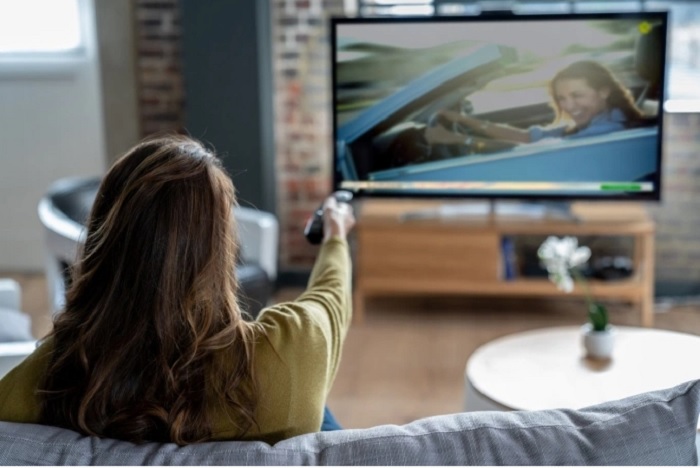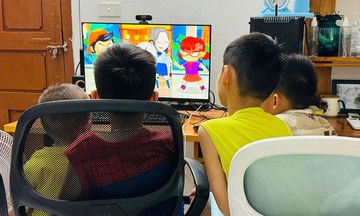When you press the power button on your TV or computer, you might think the device is off. In reality, it's often still quietly running in standby mode.
This electricity powers the clock on the microwave, maintains computer memory, waits for signals from the remote, or updates software for the cable box.
According to Ron Shimek, president of the appliance repair company Mr. Appliance, standby power consumption is more common than many people realize. "We don't realize how many devices in our homes are running 24/7," he said.
Here are some of the biggest culprits of standby power drain.
Cable boxes
Even when not in use, cable boxes continue to update data and software, and run their internal drives. On average, a single box consumes 116.8 kWh per year, adding about 200,000 VND to your electricity bill. Multiple boxes will increase this cost significantly.
Televisions
Televisions remain on standby to receive signals from the remote, consuming power even when "off." The average TV uses 13W in standby, equivalent to 95 kWh per year. Newer models are often more efficient, using only 0.5-3 watts in standby mode.
 |
Illustrative photo: Mom |
Illustrative photo: Mom
Game consoles
An Xbox One S in instant-on mode consumes up to 80 kWh per year. If you play for about two hours daily, standby power can add a noticeable amount to your bill. Many consoles have energy-saving modes, so activating them can reduce your electricity costs.
Computers
Desktop computers consume about 69 kWh per year on standby, while laptops use around 52 kWh. If not completely shut down, they can draw significant power.
Audio equipment
Soundbars and home theater speakers consume approximately 55 kWh annually. Some older AV systems might even be running constantly without the owner's knowledge, especially if they were pre-installed during construction.
Kitchen and laundry appliances
Microwaves, dishwashers, and dryers use between 7 and 44 kWh per year in standby mode. While individually small, the cumulative effect of multiple appliances can add up.
Solutions to limit standby power consumption:
Unplug devices
This is the simplest solution. For infrequently used devices (like a rarely-used living room TV, extra rice cooker, bread maker, or printer), unplugging them can lead to significant savings.
Use power strips with switches
Instead of unplugging each device individually, group similar devices on a power strip and turn off the switch when not in use. For example: group the TV, game console, and speakers on one strip; and the computer and printer on another.
Choose Energy Star certified devices
Newer appliances with the Energy Star certification consume considerably less energy. Prioritize these energy-efficient models when replacing old devices.
Monitor electricity consumption
Use an energy meter to identify the biggest energy consumers, even in standby mode. This can help you adjust your device usage habits effectively.
Nhat Minh (familyhandyman)












